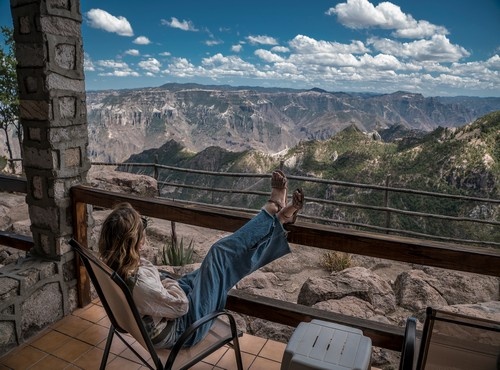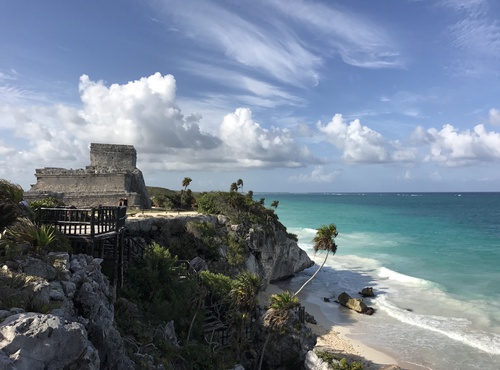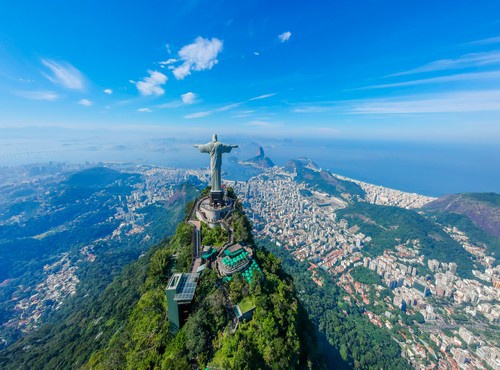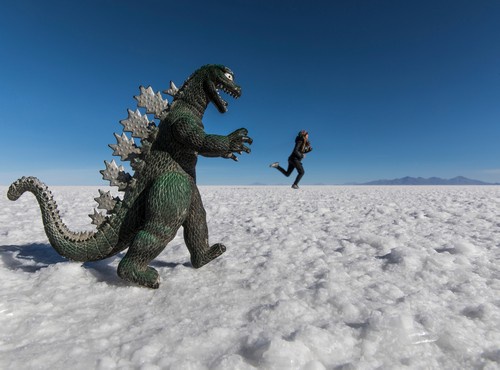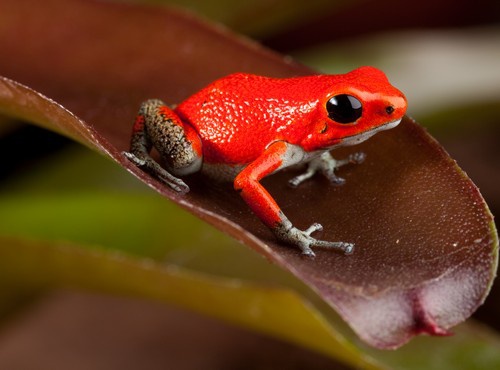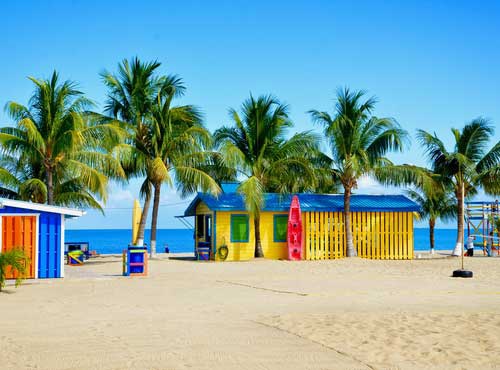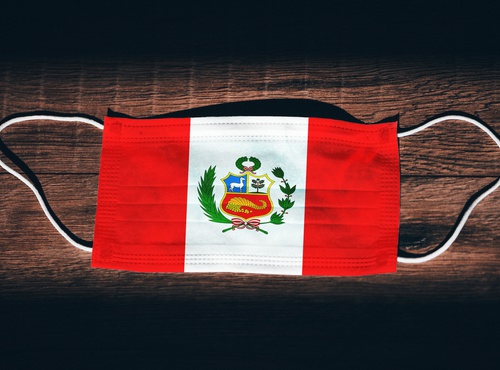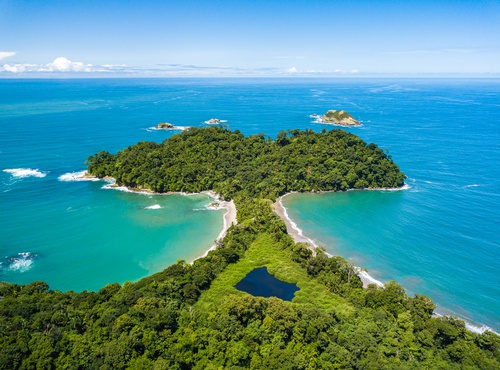
Written by:undefined undefined
Published: 17-02-2023
Ecuador is a kaleidoscope of climate, culture, and cuisine, with startling differences in topography and terrain. It’s compact and easy to travel around, too. When it comes to offbeat adventures, Ecuador will oblige. With postcard-pretty town centers, waves splashing white-sand beaches, Kichwa villages, the Amazon rainforest, and the breathtaking Andes, a dazzling amount of different wonders can e found in compact Ecuador. Here are some useful travel tools when traveling to Ecuador.
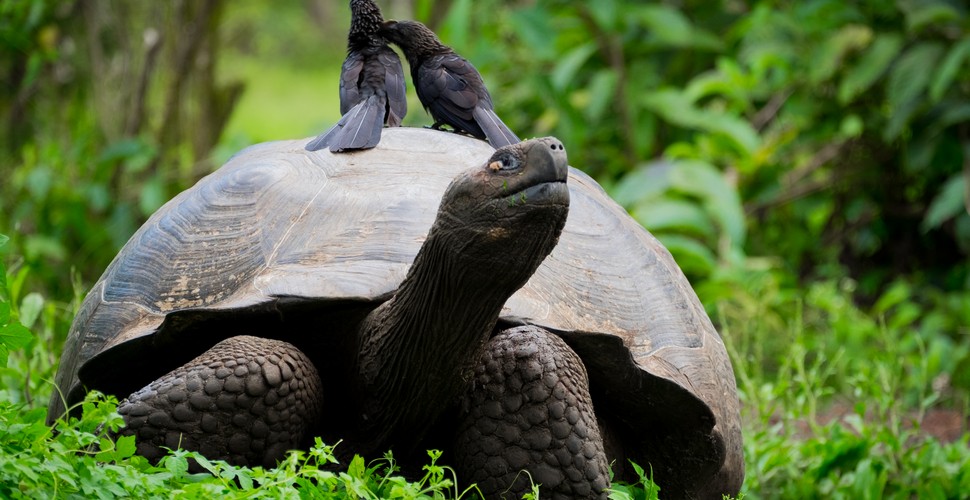
Galapagos Tortoise
When to visit
From the surf beaches of the Pacific coast and the snow-capped peaks of the Andes to the Galapagos Islands and the humid Amazon Basin, Ecuador serves up epic travel experiences in every season. The timing of the busy and quiet seasons can vary widely depending on which part of the country you visit. Narrowing down the timing for your visit will be strongly influenced by where you plan to go and what you plan to do. If you’re here to catch some surf and sun on the coast, aim for January through March. August to November is the best time for cruising down the Río Napo to a jungle lodge in the Oriente, while June to September is the best time for trekking in the Andes and enjoying Ecuador's highland cities.
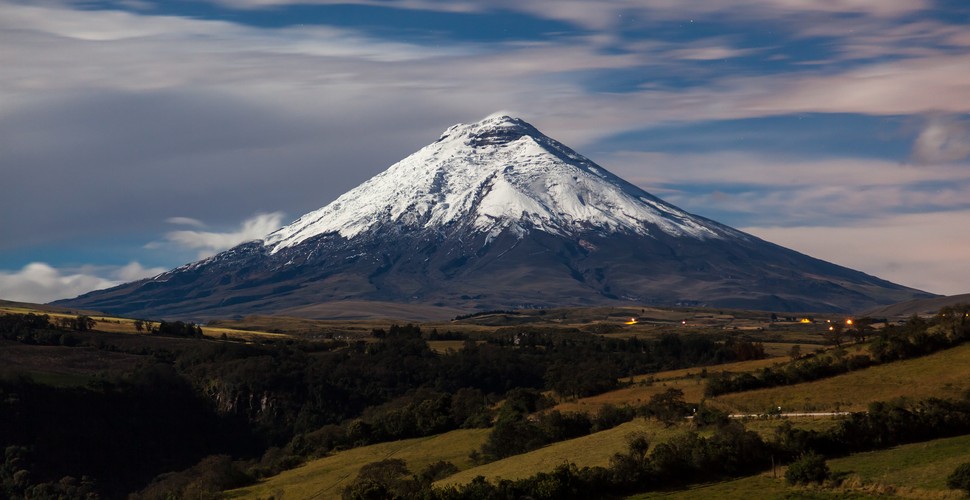
Cotopaxi Volcano
Getting There
While there are few direct routes to Ecuador, it’s easy to pick up connecting flights to the main hubs. From the US, direct routes to Quito and Guayaquil are operated by American Airlines, Delta, LATAM, and United from Atlanta, Houston, and Miami. JetBlue and Spirit fly from Ft Lauderdale. Avianca and Copa Airlines have indirect flights via cities such as Bogotá, Panama City, and San Salvador (El Salvador). There are no direct flights from Canada to Ecuador; Canadian travelers generally have to travel via the US or Mexico, with Aeroméxico.
There are no direct flights to Ecuador from Britain and Ireland, but there are plenty of indirect flights to both Quito and Guayaquil involving a change of plane in either a European or American city. The US airlines fly via their respective hubs (see above), while Iberia routes via Madrid, and KLM via Amsterdam. Other possibilities include taking a flight to a South American hub, such as Bogotá or Lima, from where connections to Ecuador can be made
There are no direct flights to Ecuador from Australia or New Zealand. The most straightforward route is with Qantas/LATAM from Sydney to Quito and Guayaquil, stopping in Auckland and changing to Santiago. Alternatively, you can travel via the US, or fly to Buenos Aires with Aerolineas Argentinas and pick up a connection from there. Typical travel times are around 25 to 40 hours.
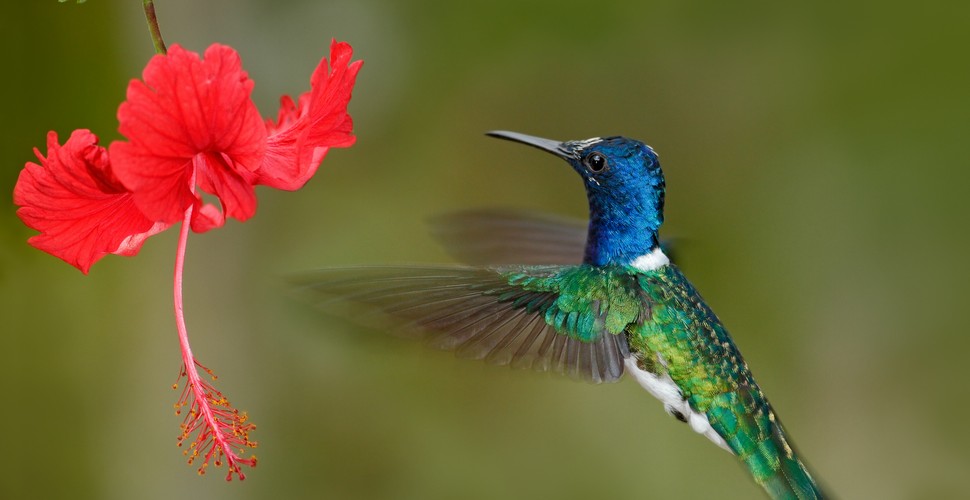
Hummingbird, Mindo
Getting Around
Transportation in Ecuador is generally light on the wallet, particularly if you stick to the buses. And wherever there are roads, you can pretty much guarantee that there'll be a local bus to take you down them.
The bus reigns supreme in Ecuador. If there’s a road, whether it’s paved or gravel, a bus will likely take you down it.
In 2013, amid much fanfare, Ecuador reopened the historic railway line between Quito and the port city of Guayaquil. This impressive railway runs from high up in the Andes to the country’s tropical shores, via volcanos, jungles, and the legendary Devil’s Nose – a stretch of track that goes down the side of a mountain.
Most urban areas have taxis and they can be useful for short hops out of town to outlying sights. Ecuador's taxis are usually yellow, but only taxis in major cities tend to be metered. While drivers tend to be honest, it’s worth agreeing on a price before setting off.
Unless you have lots of time and money at your disposal, you’ll need to fly to get to the Galapagos Islands and probably also the Amazon rainforest (although long-distance buses can take you to some areas). LATAM and Avianca are the main domestic carriers.
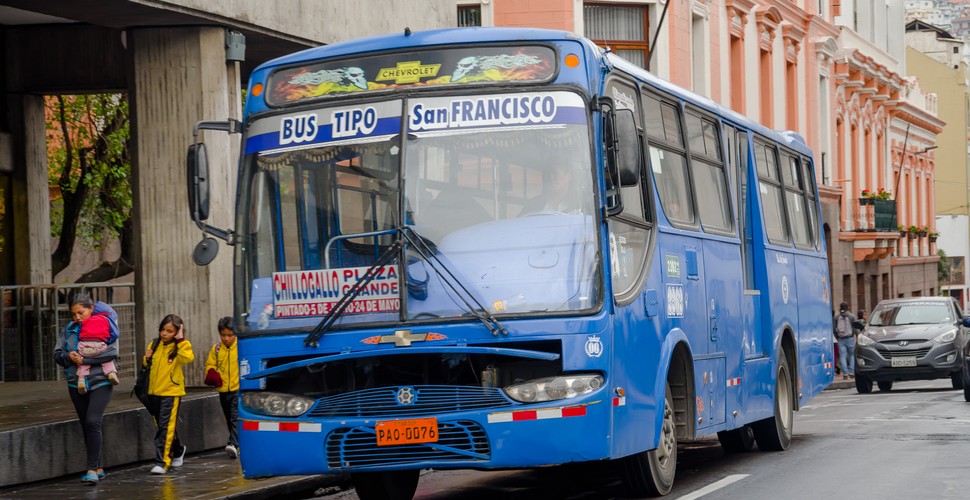
Quito Bus
Safety
Pickpockets and thieves favor crowded places, typically bus stations, markets, city centers, public transport, crowded beaches, fiestas and anywhere lots of people congregate to give them cover. When out and about, carry as little of value as you possibly can, and be discreet with what you have.
On buses, keep a close watch on your bags; don’t put them under your seat or in overhead storage. The same goes for restaurants – wrap the bag straps around your chair or leg. Be wary of people approaching you in the street, no matter how polite or smartly dressed. It’s a common trick to use distraction to distract you from your belongings; spilling something messy on you is a perennial favorite. Take care when using ATMs; you are particularly vulnerable to both robbers and card scammers if using machines on the street.
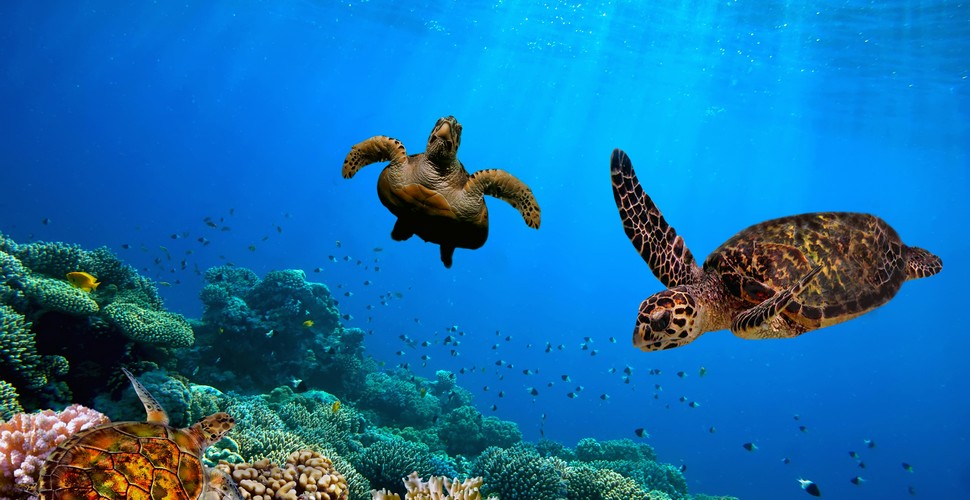
Diving on The Galapagos
Electricity
110V/60Hz is the standard supply, and sockets are for two flat prongs. Fluctuations in the supply are common so you need to use a surge protector (cortapicos) if you’re plugging in expensive equipment.
Entry requirements
Most nationals, including citizens of the EU, US, Canada, Australia, and New Zealand, do not need a visa to enter Ecuador as tourists, and only require a passport valid for more than six months; in theory, you are also supposed to have a return ticket and proof of having enough money for the duration of the stay too, but these aren’t often checked. Your passport will be stamped on arrival and you’ll be issued with a T-3 embarkation card, which you should keep – it will be collected when you leave the country. The T-3 gives you 90 days in Ecuador. If you want to extend your stay, you may need to get a visa. People who overstay (or who don’t have an entry stamp) are likely to get a $200 fine and deportation within 48 hours, and won’t be allowed back into Ecuador for six months.
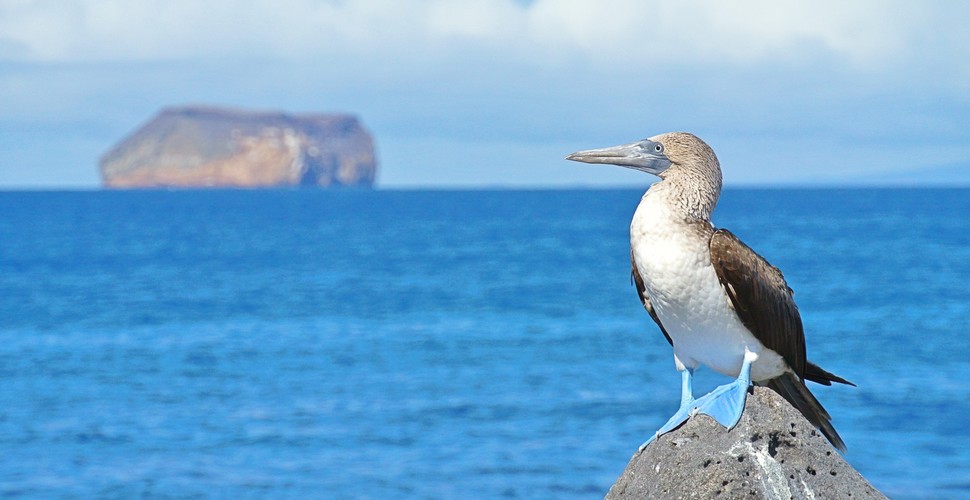
Blue Footed Boobie
Identification
The law requires you to carry “proper identification” at all times – for foreigners, this means a passport. Visa holders will also need to carry their license and any other relevant documentation. Photocopies of the stamps and important pages are usually sufficient, so you can keep the original in a safe place. In the Oriente and border areas, only the originals will do. If the authorities stop you and you can’t produce identification, you can be detained.
Health
Consult your doctor or a travel clinic at least two months before you leave to discuss whether you need vaccinations or malaria prophylaxis. If you’re traveling for more than a few weeks, it’s also worth having a dental check-up. Spectacle and contact lens users should bring spare glasses and their prescriptions.
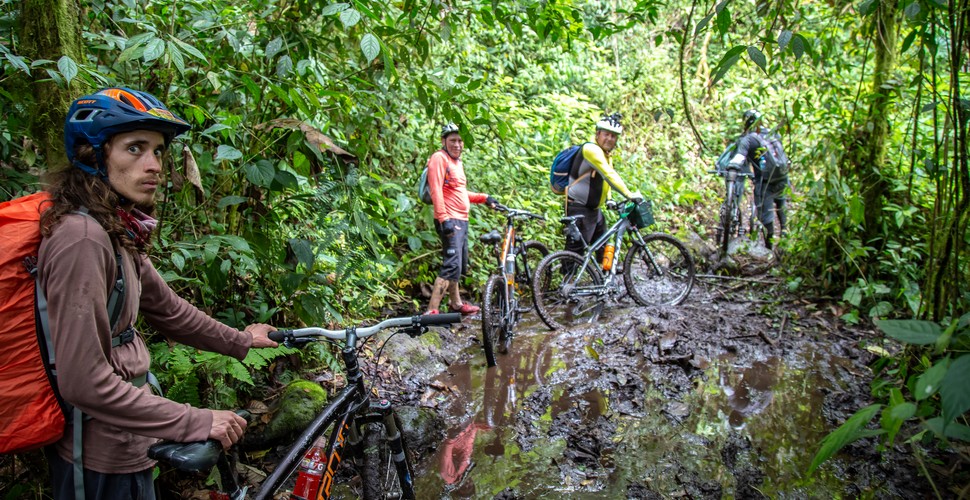
Mountain Biking in The Rainforest
The only vaccination you are required to have by Ecuadorian law is for yellow fever – but only if you’re coming from a tropical African or South American country, when (in theory, at least) you’re supposed to show a vaccination certificate.
Tens of thousands of people contract malaria every year in Ecuador, about a third of them with the very serious falciparum variety. The worst-affected areas are below 1500m, especially in or around population centers and when there’s plenty of stagnant water for the mosquitoes to breed in. Above 1500m the risk falls substantially, and above 2500m the malaria mosquito cannot survive. Quito and the Galapagos Islands are free of malaria, and if you’re keeping to the highlands, the risk is extremely small.
Food and water
A traveler’s most common health complaint is an upset stomach, usually caused by contaminated food or water. Tap water is unsafe to drink in Ecuador; bottled water and soft drinks, widely available in all but the remotest places, are safe alternatives, but always check that the seal is intact. Wash your hands before meals and use bottled or boiled water to clean your teeth.
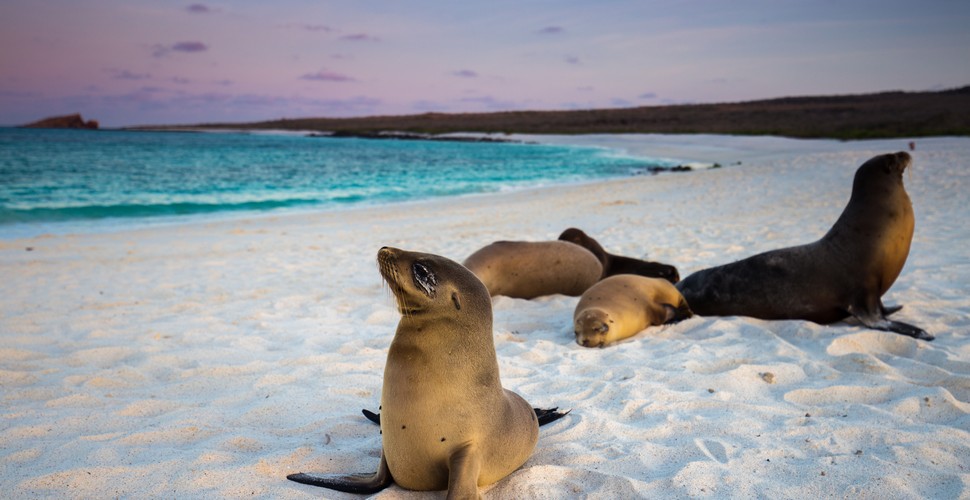
Sea Lions, Galapagos
Please ask here if you have any questions about traveling to Ecuador!







